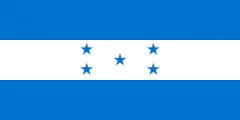WASHINGTON — President Trump on Monday broadened his assault on the nation’s immigration system, issuing a new rule targeting legal immigrants who want to remain in the United States but whose lack of financial resources is judged likely to make them a burden on taxpayers.
- Home
- About Us
- Issues
- Countries
- Rapid Response Network
- Young Adults
- Get Involved
- Calendar
- Donate
- Blog

